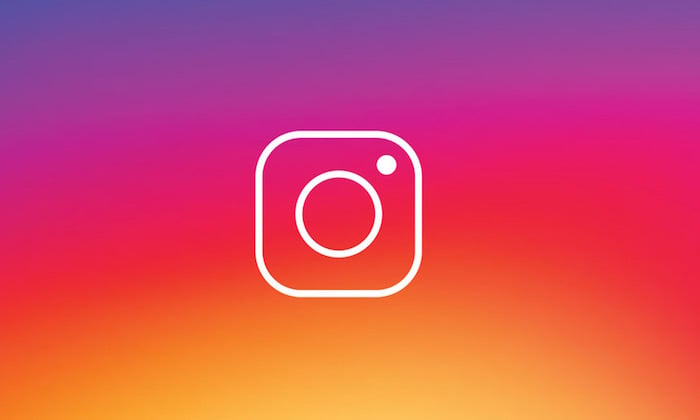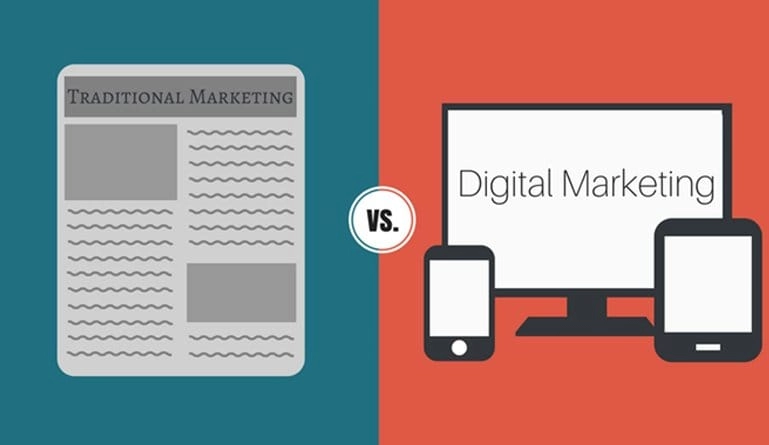How to improve your CTA button
Arguably, your CTA button is the most important aspect of your landing page. To put it quite simply, it is the point of conversion for consumers. Without a CTA button, how are you able to convert visitors to your webpage to a customer?
That being said, not everyone is able to understand the best way to present a CTA button on a landing page. CTA, or call-to-action, refers to an instruction to the audience that is designed to provoke an immediate response. In marketing terms, the next step that you want your audience to take.
CTAs can take the form of many things — not only buttons — but in the case of a landing page, a CTA button is pretty essential. So: what makes a CTA button good? How do you win your audience over with just a simple button? In this article, we’ll explore both the factors that make a CTA button effective as well as areas to avoid.
Wishpond has created a very helpful guide on the best words to use in your CTA button, ranging from “Sign up free” to “Shop now” and more. There are plenty of phrases that you can include in your CTA button to nudge your visitors into action. We will list and explain some of it below. However, these phrases are not the only way to make your CTA button more effective. Here are some other tips that have been known to work:
The Do’s
1. Keep your CTA button above the fold
We cannot stress this enough. If visitors have to scroll down in order to catch sight of your CTA button, you’re clearly doing something wrong. There is a huge possibility that most of them might click away or close the tab before they would even consider scrolling! When that happens, you will lose out on converting a huge chunk of your audience into your customers.
2. Use action-packed text
As mentioned briefly, certain words are better able to trigger your audience into taking the action that you want them to. Words like “get”, “reserve”, “try” and “join” are more action-oriented and more likely to give you the outcome that you want. Keep your action words related to your CTA — in other words, what step you want your audience to take.
3. Create a sense of urgency
Another important tip that A/B testing has proven to work is that a CTA button with a sense of urgency is more effective than ones without. CTA buttons that include words such as “now”, “today”, or “limited time offer” have a higher conversion rate than ones that don’t. When you create a sense of urgency around your CTA, visitors will be more likely to go through with it for fear of missing out (trust us, it’s a psychological effect).
4. Surround your CTA button with white space
Avoid cluttering your CTA button with plenty of graphics, text, and images. Your visitors would not know where to look. Instead, have a healthy chunk of white space surrounding your button. This will make it pop and call visitors’ attention to it.
5. Use first-person text
Michael Aagaard, who has been researching conversion rate optimisation as his main focus since 2008, found something interesting in one of his case studies. In one of his studies, he believed that the positive determiner “your” would work better than “my” when used in a button. After all, most websites refer to their visitors in a second-person perspective.
To set about proving his hypothesis, he conducted a test on two live websites, one using the pronoun “your” and another with the pronoun “my” in the button. To his absolute surprise, his hypothesis turned out to be grossly inaccurate — second-person performed 25% worse than first-person text.
This didn’t stop Aagaard from concluding the test, however. Instead, he conducted further tests on many other websites and landing pages and found that CTA buttons using “my” consistently performed better than those that used the word “your”! Indeed, even negative results can provide important insights just as much as positive results do.
6. A/B test your buttons
Just as we explained in the point above, A/B testing is extremely crucial — whether or not you get a positive or negative result. At the very least, A/B testing can help you decide which of two options is the better one. On the other hand, you might be able to take home some valuable insights with you! Take everything as a learning point and analyse every available information — who knows what discovery you’ll stumble upon?
Now that we have gone through what makes a CTA button effective, it’s time to look at what makes a CTA button ineffective. After all, it benefits to look at both sides of an issue.
The Don’ts
We did some research and these were the common mistakes made when coming up with a CTA button:
1. Your CTA button is hard to find
Again, make sure that there is plenty of white space surrounding your CTA button, and always keep it above the fold. Don’t give them a chance to leave your page before they can even take the desired action! Make sure the text in your CTA button is large and legible and avoid burying it in graphics.
With these points in mind, it will no doubt help visitors to recognise your CTA button instantly and allow them to be clear on the next step they should take.
2. You have more than 1 CTA
This is an absolute no-no. When visitors have to choose among many CTA buttons, it will leave them disoriented and paralysed by the options. In such a case, many would choose to actually leave than take any single one of the actions you place before them. This behaviour actually has a term to it — the paradox of choice. A study done by Sheenar S. Iyengar and Mark R. Lepper backed up this idea. They found that the less options there were, the more people purchased.
3. You’re not using the right colour
This may come as a surprise to many, since there isn’t actually one specific colour that performs better than the others. Sure, if you want to nitpick, orange and blue have been observed to get more clicks than the rest. However, both colours are not a foolproof way to increase your conversion rate.
Ultimately, your CTA button must be in a contrasting colour with your website’s background. Without a strong contrast, it will be easy for visitors to miss your CTA or dismiss it with a mere glance.
4. Your CTA button is not mobile-friendly
Consider what percentage of your audience is viewing your website through their mobile devices. As the number of people who access the web via mobile increases, the bigger the audience potential could be — potential you might be missing out on.
If your website and CTA button aren’t optimised on the mobile, chances are you’re not going to get anyone to convert. User interface and user experience is a key factor of digital marketing — and if the experience is awful for your visitors, they are not going to stay.
With all that being said, we hope that you learnt something from our article as to how you can improve your CTA button. One of the most important components you have to remember is to always A/B test your button. When you do A/B testing, you will be able to avoid plenty of flaws and mistakes that you could have potentially included in your official landing page! Alternatively, let MIU do the work for you, hassle-free.



![[BP] Brand story what and the way C.jpg](https://trello-attachments.s3.amazonaws.com/5de9eef36ceb0c1ab30d8f8e/5fd2cab5f84f8a43aa550ff8/6b485d6a462481f4459662cd2bb9868c/%5BBP%5D_Brand_story_what_and_the_way_C.jpg)


























 Branding
Branding Digital Strategy
Digital Strategy PR & Communications
PR & Communications